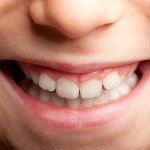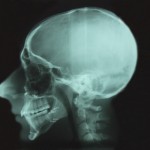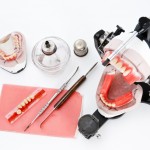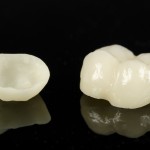Cochrane Protocols July 2013

Two new protocols for Cochrane reviews have appeared on this latest release of the Cochrane Library. The first is Fleming PS, Pandis N, Johal A, El-Angbawi A, Fedorowicz Z. Adjunctive surgical procedures for accelerating tooth movement in patients undergoing orthodontic treatment (Protocol). Cochrane Database of Systematic Reviews 2013, Issue 6. Art. No.: CD010572. DOI: 10.1002/14651858.CD010572. [read the full story…]
No trails available on best restorative treatments for amelogenesis imperfecta

Amelogenesis imperfecta (AI) is a genetic disorder that presents as an abnormal formation of enamel. AI can have a range of inheritance patterns and the exact incidence is uncertain with estimates ranging from 1:700 to 1:12-14,000. Clinically, AI can be classified into four categories: hypoplastic (type I), hypomaturation (type II), hypocalcified (type III), and hypomature [read the full story…]
Updated review confirms substantial reductions in caries from fluoride varnish applications

Varnishes have been is use as a delivery system for topical fluoride since the 1960s. Their effectiveness was highlighted to a greater extent following the publication of the first version of this Cochrane review in 2002. Since then use of fluoride varnish has been recommended in evidence-based guidance from SIGN, the SDCEP and the American [read the full story…]
Inadequate evidence to support the effectiveness of treatment of mandibular fractures without condylar involvement

Fracture of the mandible is a common facial injury with interpersonal violence and road traffic accidents being the leading causes of this type of injury. Treatment usually involves immobilisation with intermaxillary fixation (IMF) or other external or internal devices (i.e. plates and screws) to allow bone healing and may involve surgical (open) or non-surgical (closed) [read the full story…]
Review suggests that face-bow transfer not essential for good outcomes in denture construction

The use of the face-bow record during complete denture construction is recommended in most prosthodontic text books and taught in many UK and US dental schools. The aim of this review was to compare the outcomes of the construction of dental prostheses and occlusal splints with and without the use of face-bow transfer. Searches were [read the full story…]
Surgical extrusion for crown-root and cervical root fractures

Crown-root and cervical root fractures present a restorative challenge due to sub-gingival position of the fracture margin. . A number of treatment approaches have been proposed, crown lengthening, intentional re-implantation, re-attachment of the coronal fragment to root surface, root extrusion (orthodontic or surgical) or extraction. Two reviews have recently been published ( Das et al [read the full story…]
The number, location and distribution of the teeth affect chewing ability in older adults

Tooth loss tends to increase with age as a result of caries and periodontal disease. In 1992 the World Health Organisation indicated that the treatment goal for oral health should be the maintenance of a functional, aesthetic dentition of at least 20 teeth. The aim of this review was to assess the relationship dentition status [read the full story…]
Review suggests that motivational interviewing may have potential for improving oral health

Good oral health can be achieved and maintained by compliance with preventive and curative measures and effective self-care. However, adherence to positive behaviours such as toothbrushing, interdental cleaning, smoking cessation and good dietary habits can be variable. Traditional approaches of patient education revolve around disseminating information and normative advice. Increasingly the use of motivational interviewing [read the full story…]
Insufficient evidence to assess the effectiveness of biofeedback for sleep bruxism

Sleep bruxism (SB) is a sleep related disorder characterized by tooth grinding or jaw clenching during sleep, which is usually associated with sleep arousal. A wide range of treatments has been proposed including, relaxation exercises, behavioural approaches, dental splints and biofeedback. The aim of this review was to evaluate the efficacy of any biofeedback treatment [read the full story…]
Gold crowns had better survival rates than ceramic full-coverage crowns after 5 years

The aim of this study was to evaluate the clinical outcome of shrinkage-free ZrSiO4-ceramic full- coverage crowns on premolars and molars in comparison with conventional gold crowns over a 5-year period. Invited patents who required posterior crowns were randomised to receive either a shrinkage-free ZrSiO4-ceramic crown (test group) or a gold crown (control group). The [read the full story…]
